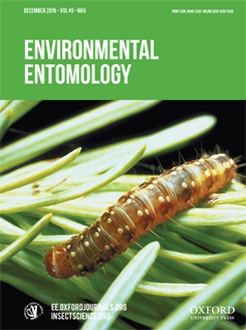The brown widow spider, Latrodectus geometricus C. L. Koch, 1841, is a large spider of the family Theridiidae that belongs to a genus of medical interest owing to its potent neurotoxic venom, which causes severe pain in humans. In America, this alien spider has been found in virtually all countries in the region, mainly associated with human dwellings, but also in agricultural sectors. However, the invasive process and potential distribution of this invasive species across the American continent are completely unknown. In this context, using a combination of both global and regional niche models, it is possible to hypothesize the invasive phase of the species as well as the geographic space where these different phases occur. By comparing the global and regional niches of L. geometricus, we examined its invasive process and potential distribution across the American continent. This work is an innovative approach to understanding the invasion of the brown widow spider in this area and the ecological processes that underlie this invasion. In this context, the global and regional niche comparison constitutes an appropriate tool to account for the complexities of the invasive process, generating different hypotheses amenable to being tested in future studies.
BioOne.org will be down briefly for maintenance on 17 December 2024 between 18:00-22:00 Pacific Time US. We apologize for any inconvenience.
How to translate text using browser tools
17 September 2016
Using Global and Regional Species Distribution Models (SDM) to Infer the Invasive Stage of Latrodectus geometricus (Araneae: Theridiidae) in the Americas
Andrés Taucare-Ríos,
Gustavo Bizama,
Ramiro O. Bustamante
ACCESS THE FULL ARTICLE
It is not available for individual sale.
This article is only available to subscribers.
It is not available for individual sale.
It is not available for individual sale.

Environmental Entomology
Vol. 45 • No. 6
December 2016
Vol. 45 • No. 6
December 2016
Araneae
biological invasion
invasive spider
realized regional niche
stage of invasion




